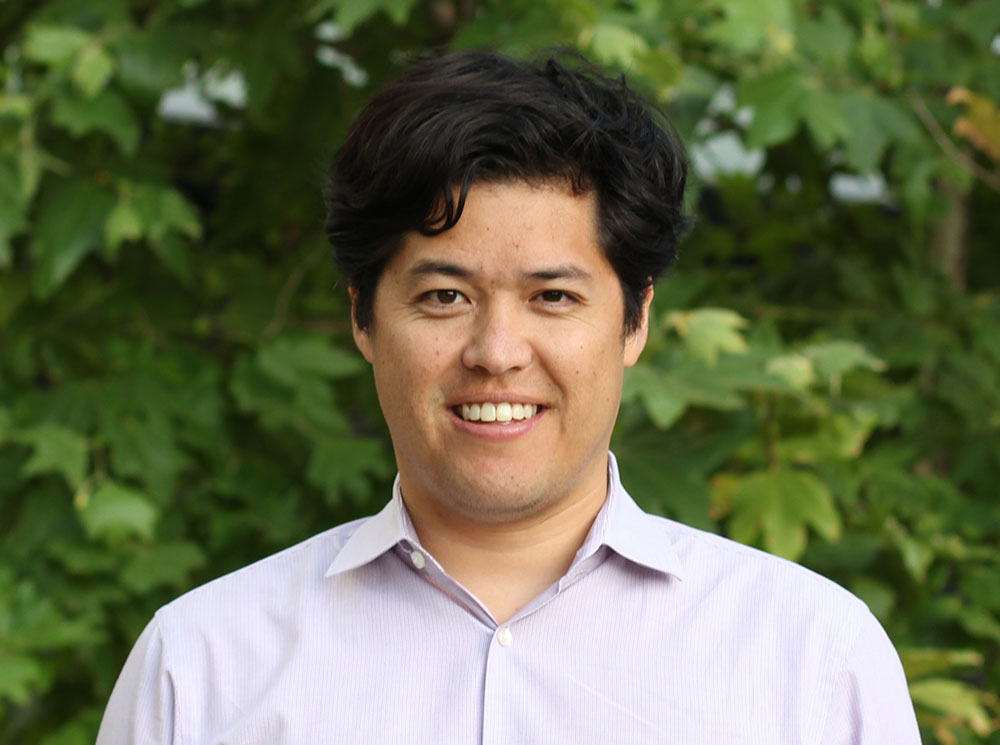
Justin Ichida, PhD
“If you just look at the people who have won this award before, these are people — some of whom are being considered for a Nobel Prize — who have really revolutionized the field of stem cell research and disease research,” said Ichida, assistant professor of stem cell biology and regenerative medicine at USC. “So to win this has been a tremendous honor. And it not only speaks to the potential that our lab’s research has shown, but also motivates us to go out there and do some big science, like some of these other fellow winners.”
The New York Stem Cell Foundation (NYSCF) Stem Cell Investigator Program provides $1.5 million, five-year awards to creative young scientists pursuing high-risk, high-reward stem cell research with the potential to accelerate cures for major diseases. The investigator program received initial support from The Leona M. and Harry B. Helmsley Charitable Trust, and expanded through the generosity of a Robertson Foundation grant.
Ichida is using his $1.5 million prize to find new ways to slow or stop the symptoms of amyotrophic lateral sclerosis (ALS), also known as Lou Gehrig’s disease. Patients with the disease suffer from the degeneration of their motor neurons, the cells that communicate messages from the brain to the muscles. This usually results in paralysis and fatal respiratory failure within three to five years of diagnosis.
“Onset strikes in middle age, usually at about 50 to 60 years old, usually when people are still the primary source of income for their families,” said Ichida. “They probably have younger kids. So it’s really a devastating disease, and there is no effective treatment at this time.”
To accelerate the quest for new treatments, Ichida is using stem cell technology to reprogram skin and blood cells from ALS patients into motor neurons, which exhibit the disease’s signature degeneration.
Ichida’s lab previously discovered that these degenerating motor neurons fail to do something critical for their own survival: dumping waste products. In contrast, healthy cells employ tiny compartments called vesicles to transport and get rid of cellular garbage, such as toxic proteins. The researchers found these defective vesicles in motor neurons derived from patients with several different genetic mutations known to cause ALS. This suggests that these various mutations might all result in the same vesicle problem, potentially treatable by a single drug.
The Ichida Lab also used patient-derived motor neurons to pinpoint a previously unidentified mutation that causes sporadic cases of ALS in patients with no relatives known to have the disease. This newly identified mutation impairs vesicles — as in other forms of ALS.
With support from the NYSCF – Robertson Investigator Award, Ichida’s group will continue to identify mutations that cause sporadic cases, which account for nearly 90 percent of ALS.
“It turns out that every generation of people has several hundred new mutations in their genomes that their parents did not have,” said Ichida. “So we’ve been trying to determine if those mutations are real causes of the disease.”
To determine this, Ichida’s team performs genome sequencing on cells from patients with sporadic ALS, as well as from their unaffected parents. In each patient, out of hundreds of mutated genes, one to two usually contain the code to make proteins, which have the potential to cause disease. The scientists then use genome editing tools to correct each suspicious mutation.
“If that rescues the neurodegenerative processes of that person’s nerve cells, then we have a fairly good reason to believe that that’s the cause of their disease,” said Ichida. “And then we can go out and sequence more patients to see if we find that mutation multiple times.”
In a complementary project funded by the U.S. Department of Defense, the Ichida Lab has teamed up with industry partners to discover drugs to help patients with ALS. USC and pharmaceutical company Sanofi are putting the patient-derived motor neurons into robotic screening machines, which are exposing them to 43,000 FDA-approved drugs and drug-like compounds and capturing microscopic movies of the results. The startup company DRVision Technologies is providing software to analyze the resulting microscopic images for signs of improved motor neuron survival.
So far, the team has found three chemical families that affect cells from ALS patients with the most common form of ALS, which results from a mutation in a gene called C9ORF72. Two of the chemical families slow motor neuron degeneration by improving the function of the vesicles, and the third family accelerates degeneration by impairing the vesicles even more.
“What it’s really confirming for us is that vesicle trafficking is the process that we need to target for sure,” said Ichida.
Drugs that rescue C9ORF72 cells will enter round two: testing on cells from patients with many other forms of ALS, and in mice with ALS. Eventually, Ichida hopes to secure funding for a round three: testing the top drug candidates in patients with ALS in a human clinical trial.
“Stem cell research is one of the single most promising paths to addressing the world’s most destructive diseases,” said USC Provost Michael Quick. “Dr. Ichida’s research into slowing or stopping ALS is groundbreaking, and is a tremendous example of the industry-leading research directed by the University of Southern California.”
Andy McMahon, chair of the Department of Stem Cell Biology and Regenerative Medicine, added: “We are grateful to The New York Stem Cell Foundation for having the vision to support Dr. Justin Ichida’s innovative and important research. Dr. Ichida ranks among the brightest and most creative young minds in the stem cell field, and this flexible award will help him realize his potential as a research scientist dedicated to improving the lives of patients with ALS.”
by Cristy Lytal